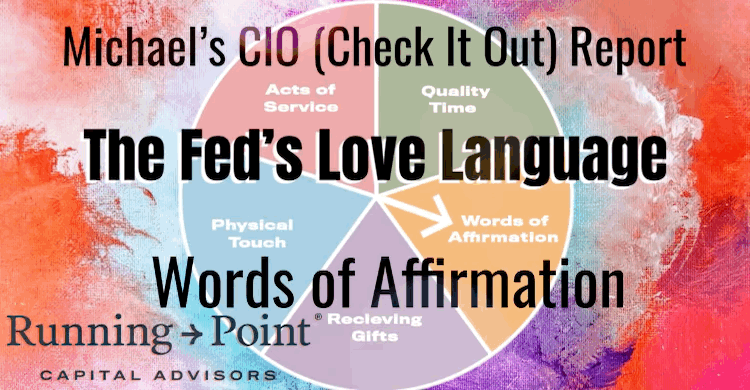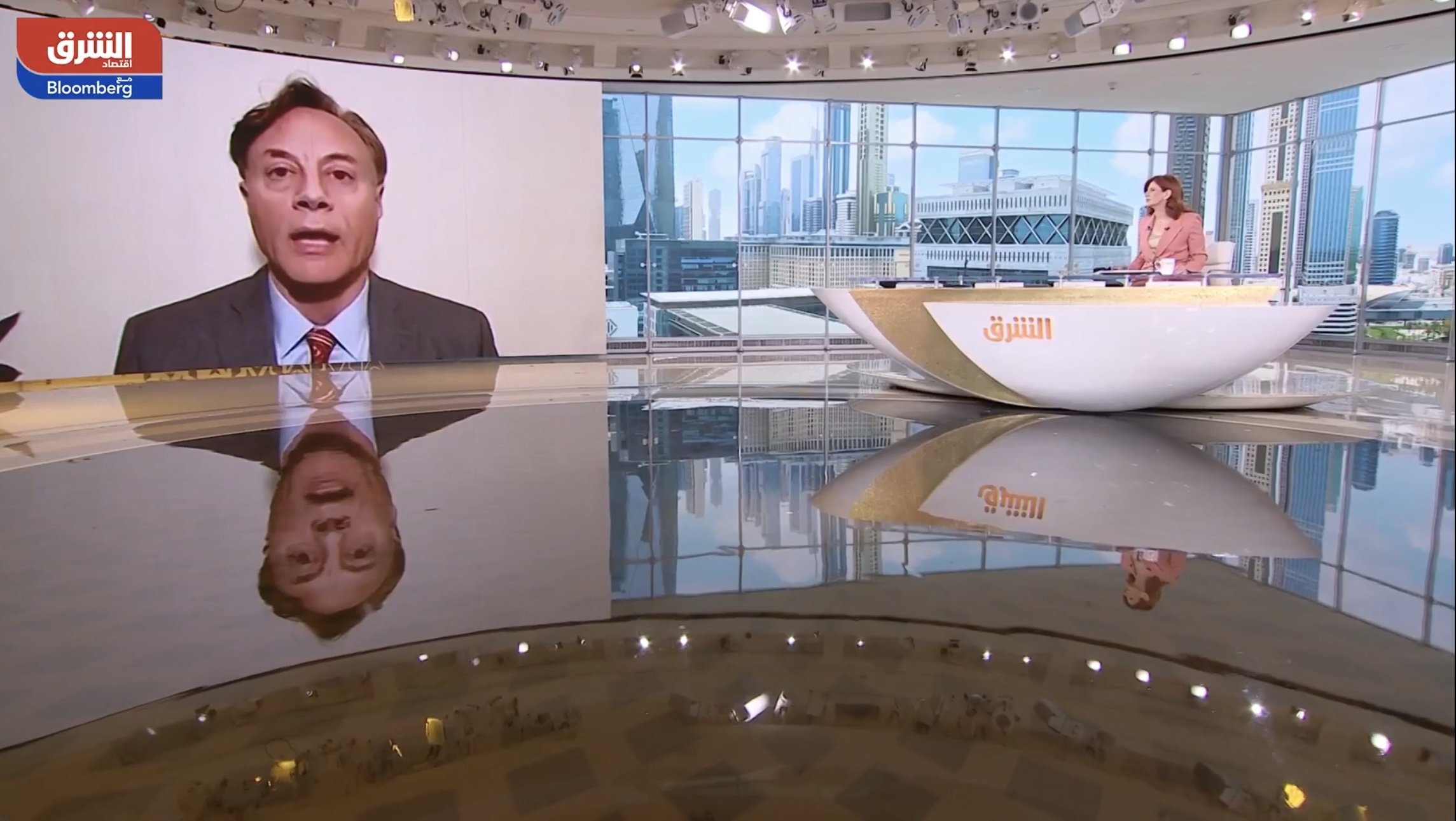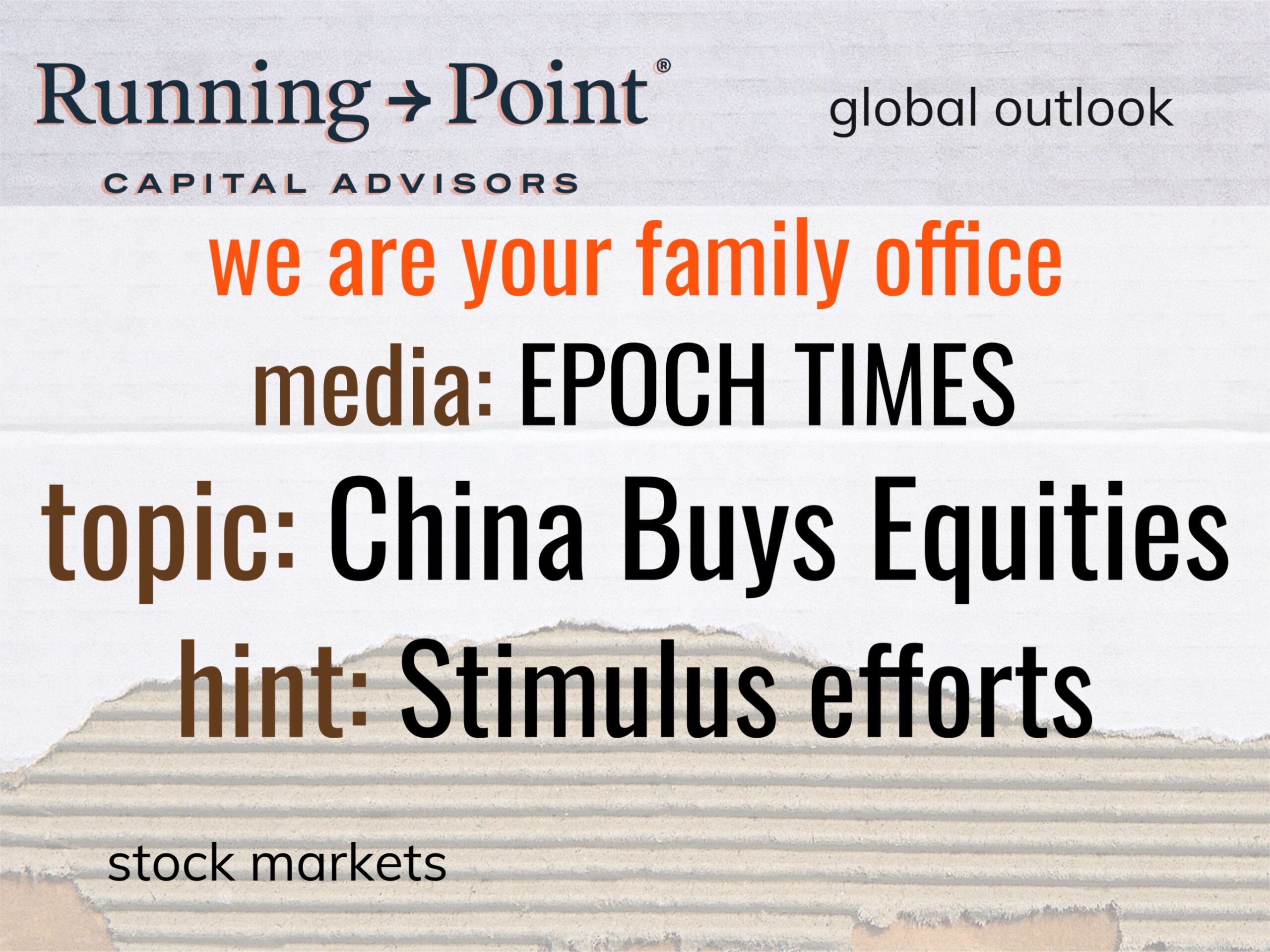- U.S. economists are more uncertain about GDP forecasts than ever before, which begs the question, why are stocks performing so well amidst a pandemic, business restrictions, global protests, national curfews, and countless doubts?
- Stocks have ricocheted off their March lows for reasons that involve government largesse, economic trajectories, timing, bull market perceptions, a huge supply of investment capital, the market’s ability to climb a wall of worry, the sense that progress is good, and the fact that most economists don’t actually manage money!
- Sage investors staring at this complexity understand that investment management is just one piece of a solid financial plan that guides families and businesses through novel times as well as current and future uncertainty
Uncertainty creates opportunity, which is wonderful because U.S. economists have never been as uncertain as they are now, or at least not since 1968 according to data from the Federal Reserve Bank of Philadelphia. On an absolute and percentage basis, the dispersion of forecasts on what U.S. gross domestic product (GDP) will be two quarters (six months) from now is wider than it has ever been, a nearly $1 billion (or 4.8%) difference in forecasted GDP. One has to go back to the high inflation era of President Jimmy Carter in the mid 1970’s to find the next highest percentage spread of 2.4%. The second highest dollar spread was a mere $152 billion difference in the first quarter of 2019. As a symptom of this economic uncertainty, you may have felt that the stock market was more volatile than usual; correct!In the first five months of 2020, a quarter of the S&P 500’s daily moves, either up or down, have been 3% or greater; that is nearly nine times more than average over the last 20 years.
According to Running Point’s own in-house financial planning guru and Managing Partner, Jim Schlager, “A prudent and tailored financial plan customized towards your business and family’s goals will steer you through market volatility and the seeming uncertainty of an everchanging environment. It is your flashlight when the lights go out and your map when the paved road is temporarily disrupted.”
But if there is so much uncertainty, why have stocks rallied so strong off their March lows, especially now with global protests and nationwide curfews? The reasons are several:
- Governments and central banks have been a lot more decisive than economists and have increased their financial commitments to a post-pandemic recovery with a tsunami of money; trillions and trillions of dollars, yen, euros, renminbi, and so forth. As the saying goes, a few trillion here, a few trillion, there, after a while it adds up
- The U.S. Fed and the European Central Bank are not only buying government bonds, but have also started purchasing corporate bonds in a bid to support liquidity and lending. Japan’s central bank takes this type of market support a step further through outright purchases of Japanese stocks
- National economies are past the trough of closures, and as bad as consumer and business spending was, it should improve from here. Businesses will reopen, hires will increase, unemployment will decrease, and as this occurs, some market participants will project positive expectations
- Economies don’t need to stage a 100% recovery immediately or even in the next twelve months, they just need to solidly and convincingly move forward – this is critical
- Interest rates are lower than ever with the perception that they will stay low for a long time – this too is crucial for asset pricing.
- All things being equal, assets are worth more in a low interest rate environment than in a higher interest rate environment; a portfolio of stocks or bonds, a pound of gold, an apartment building, or most any other asset will be worth more in a ½% interest rate environment than in a 3% interest rate environment
- The bull market of the last ten years might not be over; the pandemic is an exogenous shock, like an earthquake or hurricane. The underlying drivers of the economy have not fundamentally changed.
- Technology and the globalization that comes with it, continues to produce efficiencies, improve productivity, and enhance education around the world
- There is a vast amount of money across the globe looking for a home. The capital markets – investors, pension funds, sovereign wealth funds – face the same problem they have for the last several years; they need a place to invest and earn positive yield or return in a world where most developed market government bond yields are below 1%
- This supply of investment capital, combined with government support and low interest rates, pushes asset prices up
- Every day of positive GDP creates more capital to invest
- Progress is good; there may be global protests and nationwide curfews, but they are there to make things better and improve the system, not to undermine it
Additionally, markets may get ahead of themselves, some investors may play catchup or cover their negative market bets (i.e., their shorts), and other investors that follow trend or technical indicators may reenter the market or increase exposure as some stocks make new price highs and trigger buy signals. Overall, stocks have ricocheted off their March lows for reasons that involve governments rapidly throwing huge sums of money at the problem, economies coming out of shutdown, resumption of trends (albeit from lower levels) that propelled the bull market of the last decade, a huge supply of investment capital looking for positive return in a low or negative yield world, the market’s ability to climb a wall of worry, the sense that progress is good, and the crucial fact that most economists don’t actually manage money!
While the economists may seem wishy-washy and uncertain, central banks and governments want to be perceived as decisive, with, in Jim’s words, flashlights on and maps unfurled! The largest economies in the world, China, Japan, the European Union – and hopefully soon the U.S. – are increasing their financial commitments to post-pandemic recovery. With billions of dollars already committed, they are fully vested in upping the ante and solidifying an economic recovery.
- China announced its largest ever economic rescue package in order to protect employment; approximately $560 billion of business costs reductions (e.g., tax exemptions, lower interest rates and social fees, utility supplements) and $280 billion of additional fiscal spending and government bond issuances (according to the South China Morning Post)
- Note: China’s stimulus may feel small relative to the U.S., but China’s average per capita income is also much smaller, about $4,300 per person, and 2/3 of the population has an average annual per capita income of less than half that amount
- The European Central Bank (ECB) announced more easing this week (sooner than expected) on top of an already launched €750 billion Pandemic Emergency Purchase Program (PEPP) (which buys government and corporate bonds in order to lower borrowing costs and increase lending) and further eased borrowing terms under targeted longer-term refinancing operations (TLTRO III). In addition, Germany (Europe’s largest economy) announced another huge fiscal program. Not only will this help companies, but also hopefully boost the confidence of European households who have been fiscally stretched and cautious.
- Japanese Prime Minister Shinzo Abe’s government doubled down and approved a new 117 trillion-yen ($1.1 trillion) stimulus package that includes 33 trillion-yen of direct spending and follows on the heels of another 117 trillion yen package introduced in April that centered on cash payouts to households. The new package takes Japan’s total spending to combat the sudden halt economy to approximately 40% of gross domestic product.
Although economists seem uncertain about their GDP predictions major governments have ratcheted up the confidence factor for a swift return of business, employment, and confidence. As I’ve mentioned before, 1) Don’t fight the Fed, 2) Especially don’t fight the central banks combined with their governments, and 3) Confidence is the cheapest and best form of stimulus – it motivates consumers to purchase, entrepreneurs to create, and companies to spend on expansion. Monetary and fiscal policy does not act instantaneously; it has a long lead time. This means that countries do not have to return to their past peak performance right away or even in the next twelve months, they just need to convince the majority that their ship is steady and moving forward.
Michael Ashley Schulman, CFA
Partner, Chief Investment Officer
Disclosure: The opinions expressed herein are those of Running Point Capital Advisors, LLC (“Running Point”) and are subject to change without notice. Running Point reserves the right to modify its current investment strategies and techniques based on changing market dynamics or client needs. This should not be considered investment advice or an offer to sell any product. Running Point is an independent investment adviser registered under the Investment Advisers Act of 1940, as amended. Registration does not imply a certain level of skill or training. More information about Running Point, including our investment strategies, fees and objectives can be found in our ADV Part 2, which is available upon request. RP-20-19


